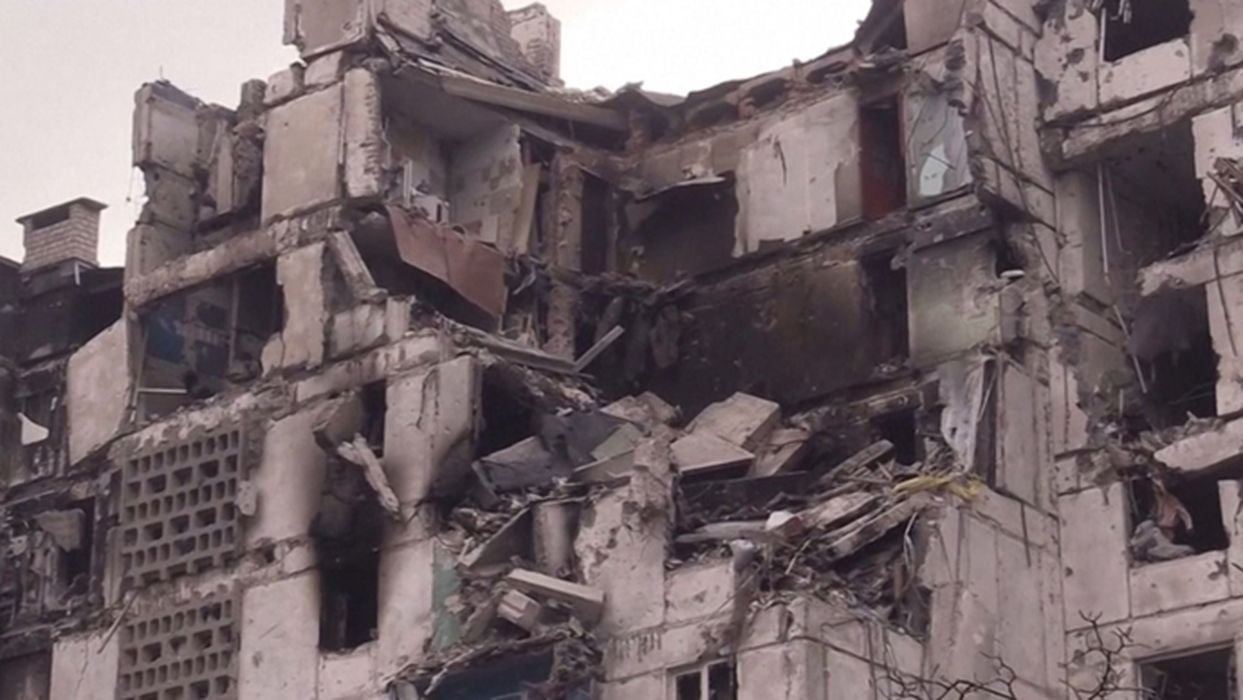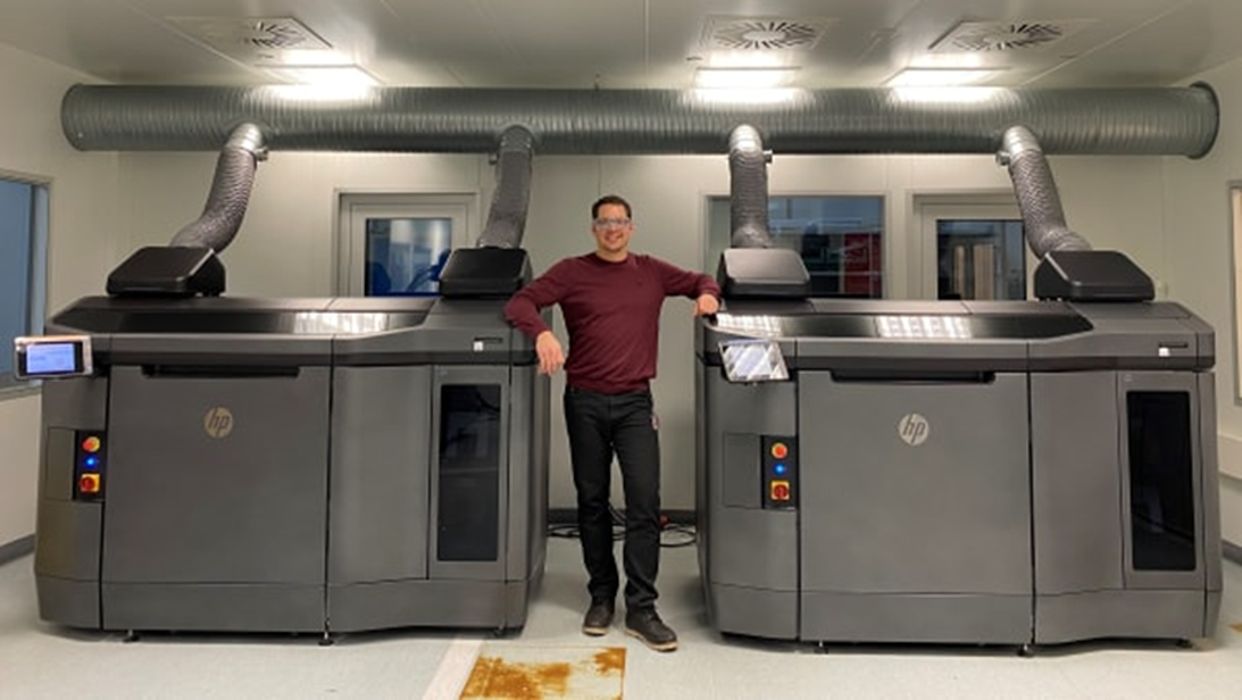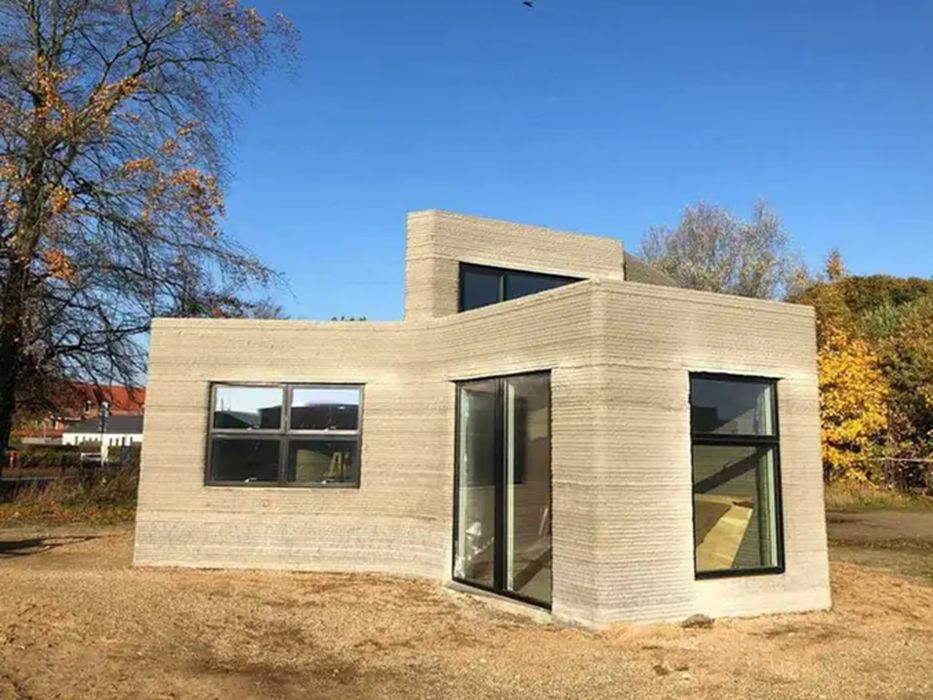
Charles R. Goulding and Preeti Sulibhavi look at ways Danish companies might assist Ukraine using 3D print technology.
Denmark has a strong 3D printing ecosystem. With the devastating infrastructure damage in Ukraine, Denmark can be a source of rebuilding solutions for the Ukrainians. Specifically, Danfoss has done a lot of work with 3D printing, which can be useful for restoring heating and climate solutions in Ukraine as well as infrastructure projects.

Many must be aware by now of Danfoss’ 3D printing center in Denmark. But what they may not be aware of is all the verticals the 3D printing center can impact including, modern heating, air compressors, drives for elevators and escalators, hydraulic power units, motors, pumps, and valves as well. This is all within the housing industry. Danfoss also has product lines across the automotive, offshore and marine, food and beverage sectors as well. All of these sectors present 3D printing opportunities as we have covered on Fabbaloo. Danfoss can help the Ukrainians with infrastructure and in these verticals as well with the integration of 3D printing.
In a February 16th, 2023 news post, world-class Danfoss technologies will be rebuilding Ukrainian buildings, district heating systems and water treatment facilities, which will allow Ukrainian communities to build truly sustainable critical infrastructure that will be even better than it was before.
Danfoss was among the hundreds of companies participating in February 2023, at ReBuild Ukraine – the international exhibition to accelerate external financing for the purpose of rebuilding Ukraine. Danfoss was one of the first companies to re-open its business in Ukraine only 61 days after the war started, Danfoss presented world-class technology and solutions to build a new, energy-efficient, carbon-neutral Ukraine.
“One of the key risks in the rebuilding of Ukrainian cities is the conservation of the previous technological level and applying the ‘quick solutions’ where long-term planning and innovative technologies are required,” says Adam Jędrzejczak, President of Danfoss in East Europe Region.

But Danfoss is not alone in the Danish 3D printing industry. Danish startup 3DCP Group completed its first build in Denmark, a 3D printed mini home, in 2022. Using a COBOD BOD2 construction 3D printer, the startup only had to print for 22 hours to create a home that has attracted visitors from across the globe.
According to the 3DCP Group, the company consists of an engineering company, an architecture firm, and the construction segment, which combined possess all the skills necessary to 3D print a complete building.
This gives 3DCP a unique opportunity to take care of the entire construction process, from idea to turn-key product, while building better, cheaper and more sustainable. 3D printing removes the obstacles generally encountered in typical construction projects. This is because 3D printers are not limited to traditional “square geometries” and therefore allow for more complex designs.

The 3D printed home in the Dutch city, Eindhoven had Danfoss Icon™ room controls installed for heating. The resident uses one app — a single point of entry – to operate his home and get insight into its energy consumption.
The Research & Development Tax Credit
The now permanent Research and Development (R&D) Tax Credit is available for companies developing new or improved products, processes and/or software.
3D printing can help boost a company’s R&D Tax Credits. Wages for technical employees creating, testing and revising 3D printed prototypes can be included as a percentage of eligible time spent for the R&D Tax Credit. Similarly, when used as a method of improving a process, time spent integrating 3D printing hardware and software counts as an eligible activity. Lastly, when used for modeling and preproduction, the costs of filaments consumed during the development process may also be recovered.
Whether it is used for creating and testing prototypes or for final production, 3D printing is a great indicator that R&D Credit eligible activities are taking place. Companies implementing this technology at any point should consider taking advantage of R&D Tax Credits.
Conclusion
We have seen Poland open its doors to Ukrainians during this crisis. Now Denmark can leverage 3D printing to help rebuild Ukraine.
